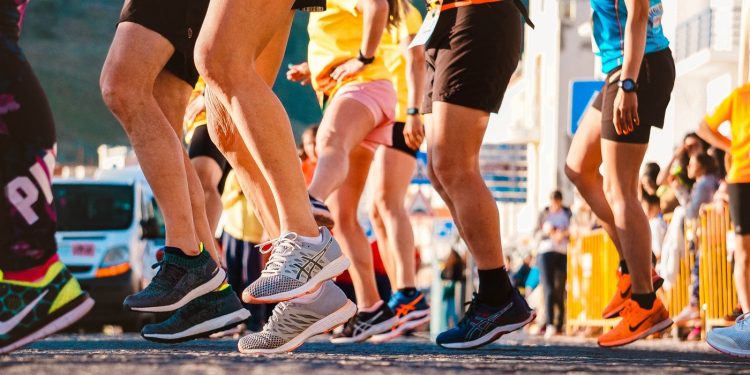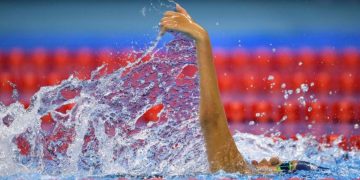Technological advances in recent decades have meant athletes have had to struggle to compete not just on the plains of physical tenacity, but also on the equipment of which they adorn. The long-standing conversation of what constitutes use of ‘fair’ equipment, such as swimsuits, shoes, or baseball bats, has long been embroiled in debates.
As a result, governing bodies like World Athletics have had to constantly revise their takes on the rules governing shoe technology, allowing no leeway and absolute certainties when it comes to the preparation of sporting events. This seeks to maintains the integrity and true spirit of elite, high-level competition.
Ahead of the 2021 Tokyo Olympic Games, World Athletics have introduced, upon immediate effect, stringent amendments made to these guidelines, in collaboration with the Working Group on Athletic Shoes (WGAS) as well as shoe manufacturers.
Some changes include the maximum height of spiked shoes for track and field events, as well as a new scheme entitled the ‘Athletic Shoe Availability Scheme’ for athletes who are not sponsored by manufacturers and companies.
The new regulations sanctioned an instant ban on shoes with soles thicker than 40mm, as well as those that contained more than a single plate.
Also stated are that any shoes that athletes compete in must have been available for purchase on the retail market for a period of 4 months, which tackles the use of prototypes in competition.
Here is a full list of the amendments.
World Athletics have made it clear that the set changes are to maintain a level of consistency, status quo and technology amongst all equipment, and level the playing fields for competing in the Olympic Games in Tokyo.
Until a newly formed WGAS that includes representatives from global bodies such as the World Federation of the Sporting Goods Industry (WFSGI) and shoe manufactures have had the opportunity to cement standard guidelines, the amendments are a stopgap in place in pursuit of a good balance between innovation, competitive advantage, and availability of equipment to athletes.
Jon Ridgeon, CEO of World Athletics, has said that this revised set of rule changes was only possible because of the tabling of the Tokyo Olympic Games till 2021. A first set of changes made in late January of 2020, were also enacted, and now that the relevant bodies have had more time, they have been amended with the help of stakeholders and experts to form a more updated set.
“We have a better understanding now of what technology is already in the market and where we need to draw the line to maintain the status quo until after the Tokyo Olympic Games,” said the CEO.
“In developing these rules we have been mindful of the principles of fair play and universality, maintaining the health and safety of athletes, reflecting the existing shoe market in these challenging economic times, and achieving a broad consensus with the shoe manufacturers who are major investors in our sport.
“These transitional rules give us more time to develop a set of working rules for the long term, which will be introduced after the Olympic Games next year, with the aim of achieving the right balance between competitive advantage and universality.”
The newly formed WGAS had their first meeting on 22 July 2020.
Their tasking includes: scoping and overseeing studies around shoe technology; exploring definitions to provide clarity to athletes about the shoes they are able to compete in; creating a robust certification and control process; and providing expert advice and recommendations to the World Athletics Competition Commission on the future direction of World Athletics’ Rules and Regulations concerning elite athlete shoes for the long-term.














